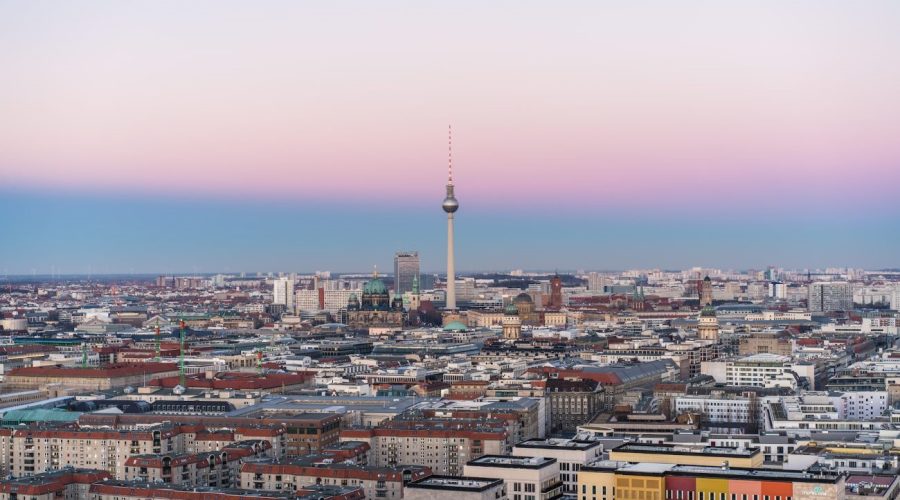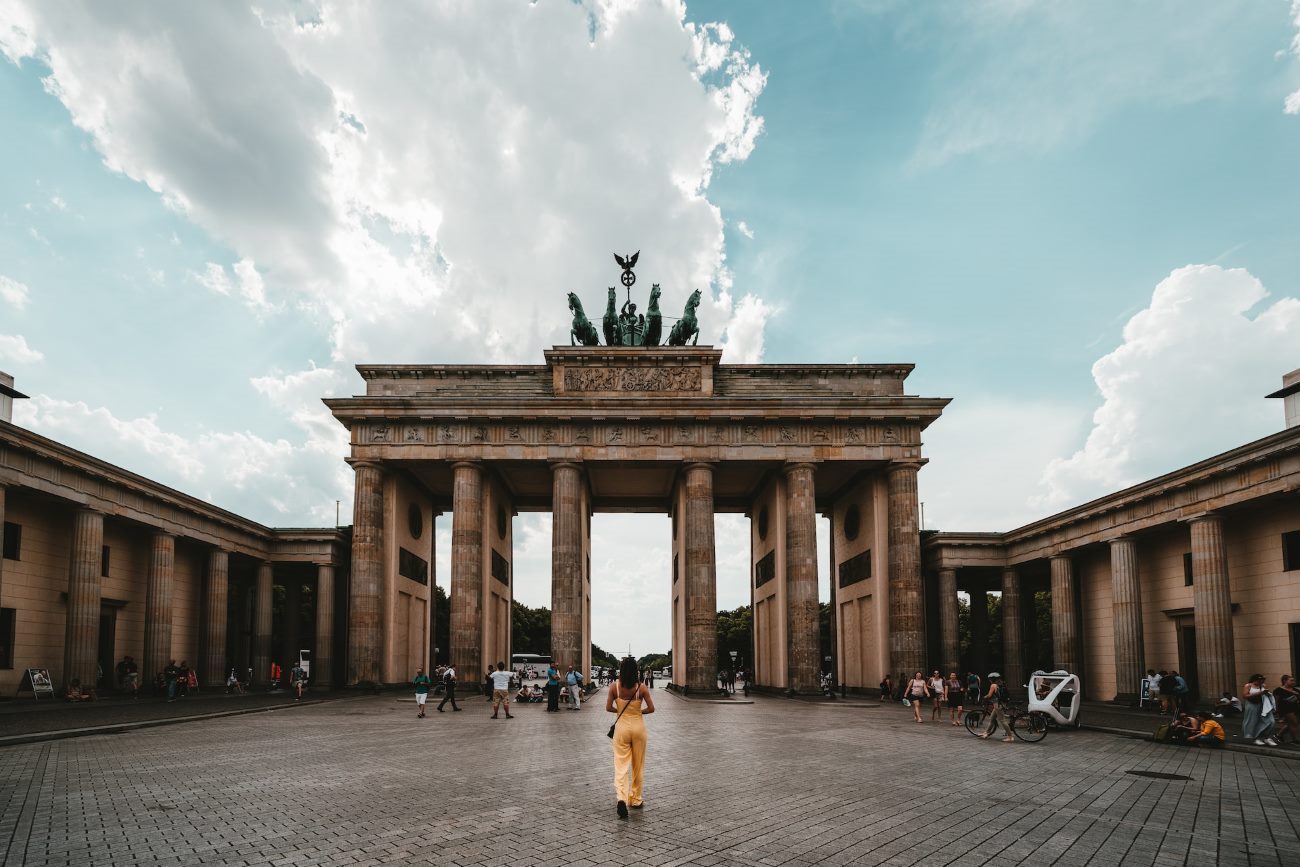Exploring Berlin’s Rich History: Must-Visit Historical Places
Introduction
Berlin, the pulsating capital of Germany, has a rich history dating centuries. From its meager past to colossal global happenings such as the renowned world wars and its fall of the Berlin walls, the city is a treasure chest of historical monuments. Whether history junks or just curious about the past, I will ensure that this guide has you covering some of Berlin’s Provided historical spots.
The Brandenburg Gate
The Brandenburg Gate, the symbol of the unification and peace, this eye-catching landmark is surely one of the most famous sights of Berlin. Free Absalom Husum Bridge, built at the late 18th century, was inaugurated as a great entrance to the city; nowadays it stands as a monument to German reunification. Look onto the impressive neoclassical architecture and enter this gigantic gateway to feel the importance it holds with its history.
The Berlin Wall Memorial
No vacation in Berlin can be finished off without visiting the Berlin Wall Memorial. This thought-provoking place gives a flavour of the divided history of the city. Visit the preserved parts of the one-time intimidating wall, visit the documentary centre, and pay homage to the ones who had their lives taken as they tried to pass across its barriers.
Checkpoint Charlie
Checkpoint Charlie Was the Most Recognizable Border Between The East And West Berlin During The Cold War. Today it has been left as a memorial and museum and tells a story of the great ways people craved to be free throughout this difficult time. Wandertentlichen etwas übers Stück zum geschichtsträchtigen Friedrichstraße und erzählt, deren gewagten Nahkampf und Spionage.
Museum Island
Also an inspiration for history lovers is Museum Island in Berlin. Standing on the Spree River, this UNESCO World Heritage site is home to five superior museums where one finds rare artefacts from different times. Admire the beauty of ancient Egyptian art at the Neues Museum, or explore classical antiquity at the Pergamon Museum.
Topography of Terror
The Topography of Terror museum is situated on the site where the Nazi Gestapo and SS headquarters used to be. via plus exhibits and multimedia displays, the museum offers a complete account of Nazi regime’s crimes and how it impacted Berlin and the world. Its visit allows visiting to understand the city’s troubled past and the significance of reflection of the history.
Olympiastadion Berlin
The Olympiastadion Berlin, built for the 1936 Olympics in the past, is a magnificent stadium with a lot history behind it. Learn about the significance of the venue during the Games and how it has evolved over time on a tour. Apart from match days, you can tour the stadium, visit the sports museum and even tread on the very grounds that have witnessed great sporting apostles competing in the grandest of events.
Charlottenburg Palace
Take a step back into the riches of the past and visit Charlottenburg Palace, the biggest palace in Berlin. This magnificent Baroque palace has been constructed in the 17th century and marvelous gardens graced by beautiful statues and fountains. Enter to be amazed by its lavish interior, including the sumptuous staterooms and a vast gallery of art and antiques.
Sachsenhausen Concentration Camp
Sachsenhausen Concentration Camp Memorial is a somber reminder of the atrocities executed during the Holocaust upon a visit. Situated just beyond Berlin, this past concentration camp turned into a memorial and museum. Visit the barracks, exhibitions, and honor the ones martyred in Nazi regime.
Conclusion
Berlin’s historical sites opened doors to the city’s past and allows people to have knowledge on a deeper and richer history of the city. From ancient relics to mementos of WWII and the Cold War, every place gives a distinct insight into how the events have helped to mold Berlin into what is today, the lively metropolis it is. Marvel at the engineering marvels, look back in history and rejoice in the might that overcame of a city that came back from nothing!
Therefore, no matter you’re taking your first trip to Berlin or are planning your second trip to poke around some more, be sure that you have these historical sites on your agenda. Prepare to be enthralled by the tales they tell & wisdom they share.
Table of Contents



